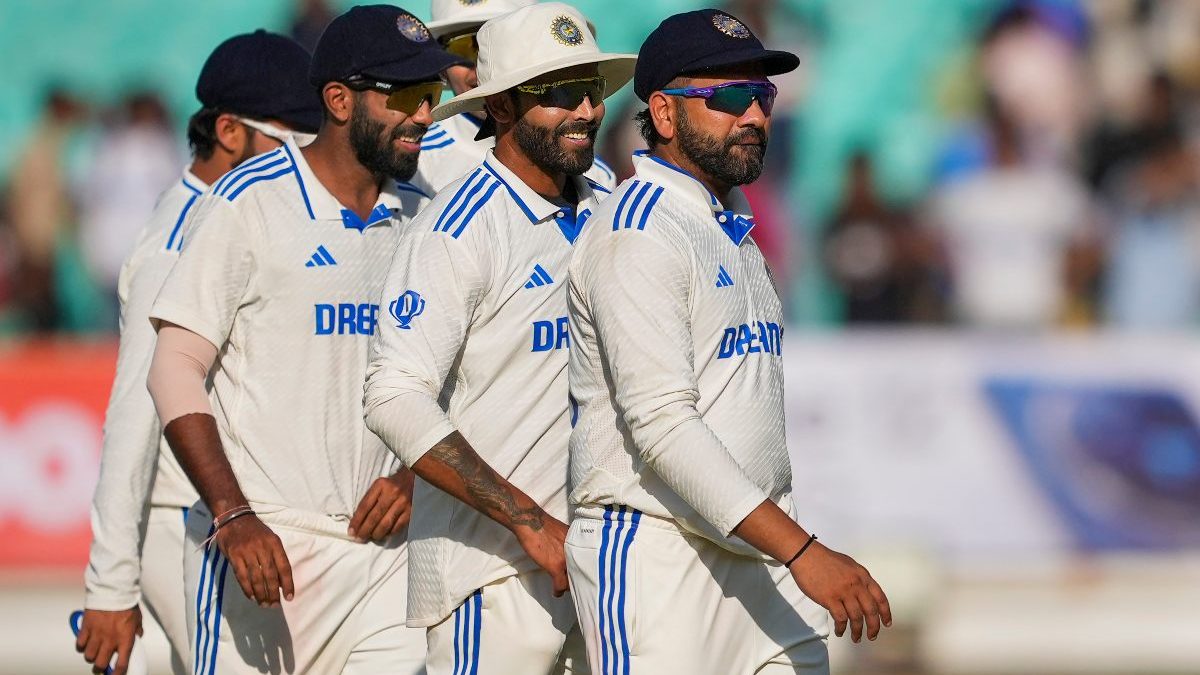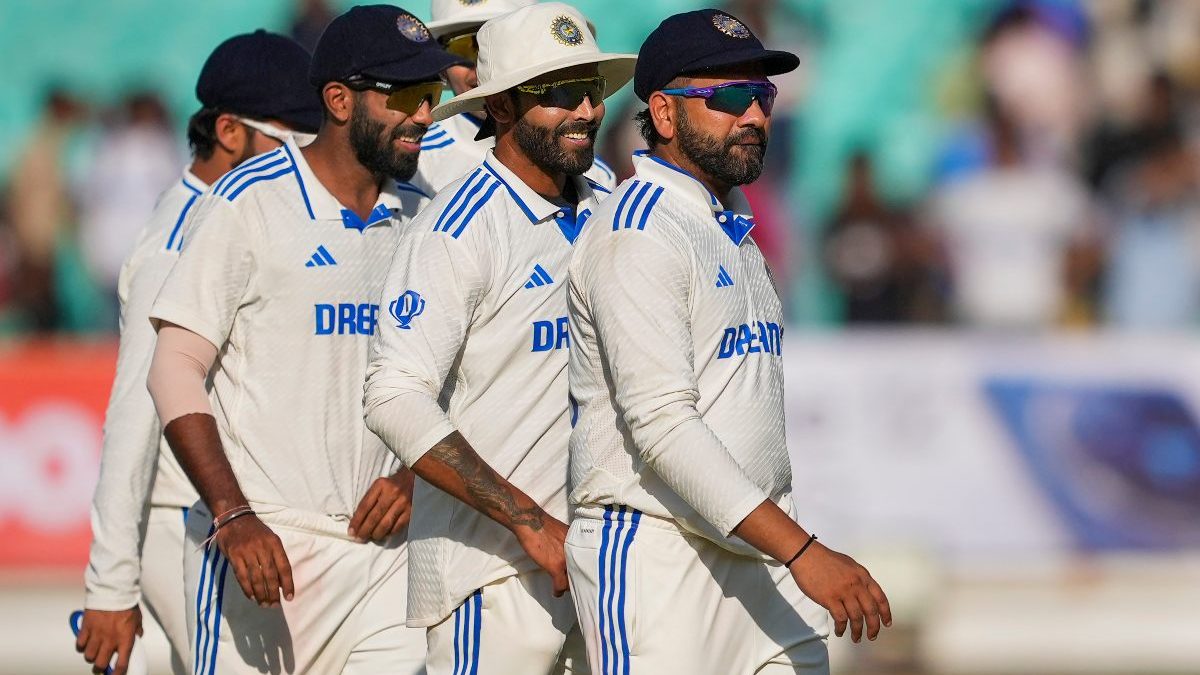“I have set a target for the women’s team that by 2020 they should be No 1 in the world,” said Anurag Thakur , recently elevated to the post of BCCI president. They were heartening words for the well-wishers of the women’s game in India, particularly since they came shortly after the Indian women’s team failed to qualify for the semi-final of the ICC World T20, despite having the home advantage.
But the words would have been as hollow as the team’s performance had there been no action to support them. Thakur delivered though, and after a meeting with the women’s committee, shared BCCI’s plans going forward:
1. Indian Women cricketers are permitted to participate in the overseas leagues in Australia and England subject to the contracts being offered by cricket boards through BCCI:
First some background. Have you ever seen Virat Kohli play in the Big Bash League (BBL) down under? Or heard of Jasprit Bumrah playing in the Caribbean Premier League (CPL)? The BCCI seems to have an unwritten rule to not allow Indian players to play in foreign domestic leagues, presumably to reserve them for the IPL.
Unfortunately, the abstruse policy seemed to extend to the women’s team as well, despite no IPL to reserve them for. Thus, there was no Indian presence in the inaugural Women’s Big Bash League, despite interest from some franchises . Neither are there Indians in the ECB’s Kia Super League, which will make its debut in July, and has already finalised its overseas players.
This meant that while Indian players were cooped up at home, international teams were sending their best to play in high intensity encounters in Australia. And the impact on world cricket was immediate. The West Indies became the first team outside England, Australia and New Zealand to clinch the Women’s WT20 in March, when they beat holders and triple champions Australia in the final.
It was no coincidence that they had four players playing in the WBBL, three of whom played crucial roles in the final. Hayley Matthews, player of the match in the final for her 66 off 45 balls, admitted as much. “Coming from playing in Australia, it helped me to already know a lot of the bowlers a lot better (and) what they’re coming at me with."
This policy has now been amended by the BCCI, making it possible for Indian players to appear in such competitions, provided all contractual formalities are abided by. While Thakur deserves every bit of praise he gets for this case of ‘ladies first’, one cannot help but wonder if India’s WT20 campaign might have gone better had this move come before the WBBL. Better late than never, but never late is better.
Nonetheless, one can now look forward to seeing players like Mithali Raj, Jhulan Goswami, Harmanpreet Kaur and Smriti Mandhana in the WBBL and KSL next year onwards. The WBBL does coincide with the Indian domestic season, and might put some states -especially those with title aspirations- in a quandary. But these are welcome problems to have.
2. BCCI will advise the state units to start Zonal Leagues for girls under-16:
With the U-16 tournament having been discontinued since the BCCI took over women’s cricket in 2006, this is a sorely needed move. It will harness the talent that exists in players of school-going age, putting them in a better position to play cricket full time in the future. It will also create a feeder system for the state and national teams. Hopefully the move is augmented by the re-introduction of the U-16 tournament, a move that is essential to ensure that India continues to produce precocious cricketers.
3. The Women’s Committee will present a Vision Document on Women’s Cricket in India and the way forward, including inputs on the appointment of support staff for the Indian team:
This is easily the most important of the points the BCCI disclosed in their press release . During the WT20, when a women’s IPL was a regular topic in press conferences, I wrote this article underlining the groundwork that needed to happen first. There too, I underlined the need for vision and long term planning as the number one requirement to translate the Indian team’s talent into performance. Cricket Australia has set the gold standard in this regard, aiming to make “cricket the number one sport for girls and women in Australia.” A similar vision is needed in India, where cricket, already the number one sport by far, needs to include females at its grass roots.
By setting a timeline on his goal to take the Indian team to the top, Thakur has set the base for some accountability in the measures that need to be implemented. Foremost among these will be the selection of the coach and other support staff. For a while now, the post of the coach of the women’s team has resembled a game of musical chairs. Since 2014, the Indian team has had two different coaches. With only a few bilateral series played each year, this often means a different coach after every three or four bilateral series. Hopefully the BCCI, having underlined a timeline of 2020, will give all future support staff a longer tenure, and select the staff who they believe can serve that long.


)




)
)
)
)
)
)
)
)